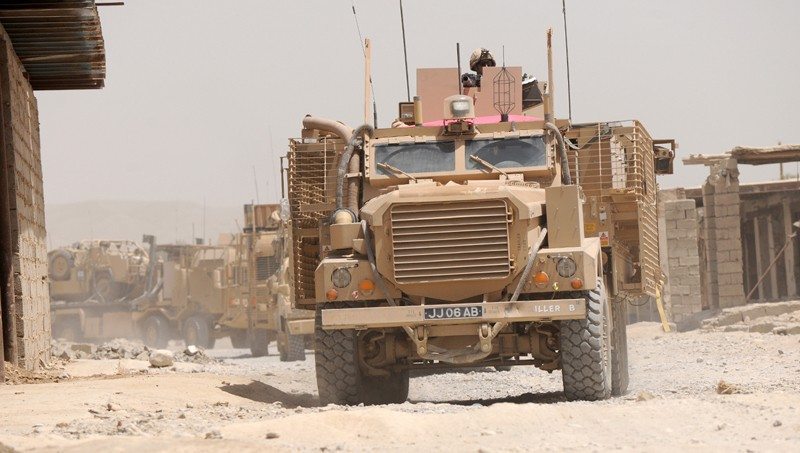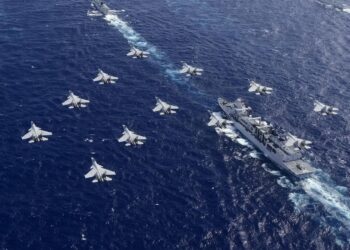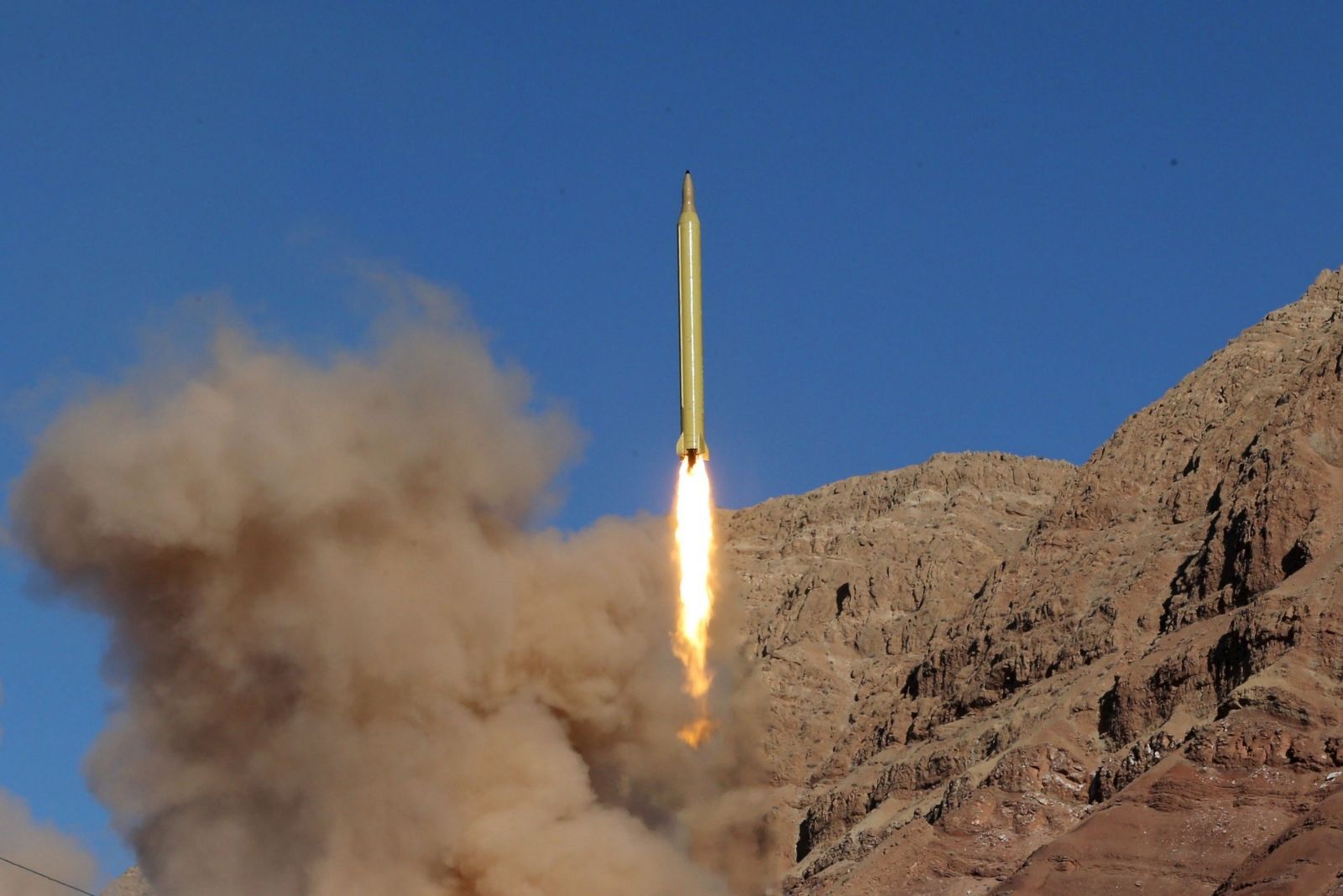The greatest intellectual challenge in Fourth Generation war—war against opponents that are not states—is how to fight it at the operational level. NATO in Afghanistan, like the Soviets three decades ago, has been unable to solve that riddle. But the Taliban appears to have done so.
The operational level of war lies between strategy and tactics. While great commanders have always thought and fought at the operational level, the concept was not formally recognized until the 19th century. As usual, it was the Prussian army that led the way. Some historians think the operational level may have been formalized by Field Marshal von Moltke himself in the Franco-Prussian war as a way to keep Bismarck out of his business. (“Yes, my dear Bismarck, you are in charge of strategy, but you simply must not interfere in operational matters.”)
The U.S. Army did not officially recognize the operational level of war until 1982, but the tsarist Russian army and later the Soviets picked up on it. By 1944-45, the Red Army was as competent at what they called “operational art” as the Wehrmacht. That was never true of the Western allies.
The Russian term, operational art, is a good one, because unlike tactics or strategy it is not a thing but a link. It is the art, not science, of using tactical events, battles and refusals to give battle, victories and sometimes also defeats (from the North Vietnamese perspective, the Tet offensive was a tactical defeat but a decisive operational victory) to strike as directly as possible at the enemy’s strategic center. Because it resorts to battle only when and where necessary, operational art is a great economizer of fighting strength—even a battle won eats up soldiers, fuel, equipment, and, most importantly, time.
A brilliant example of its application comes from General Heinz Guderian’s XIXth Panzer Corps in the 1940 campaign against France. Guderian led the famous advance through the Ardennes mountains’ weakest point, the junction between the strong forces the French had pushed forward into Belgium and those manning the Maginot fortifications. After Guderian crossed the Meuse river at Sedan, he faced French forces coming up from the south. He could have stayed there and fought them. Instead, thinking operationally, he held the crossing with minimum force and threw everything he had north toward the English Channel. That collapsed the “hinge” between the French and British forces in Belgium and those in France, winning the campaign in one stroke. France, which by everyone’s account had the best army in the world, went down to defeat in six weeks.
Read more via TAC










